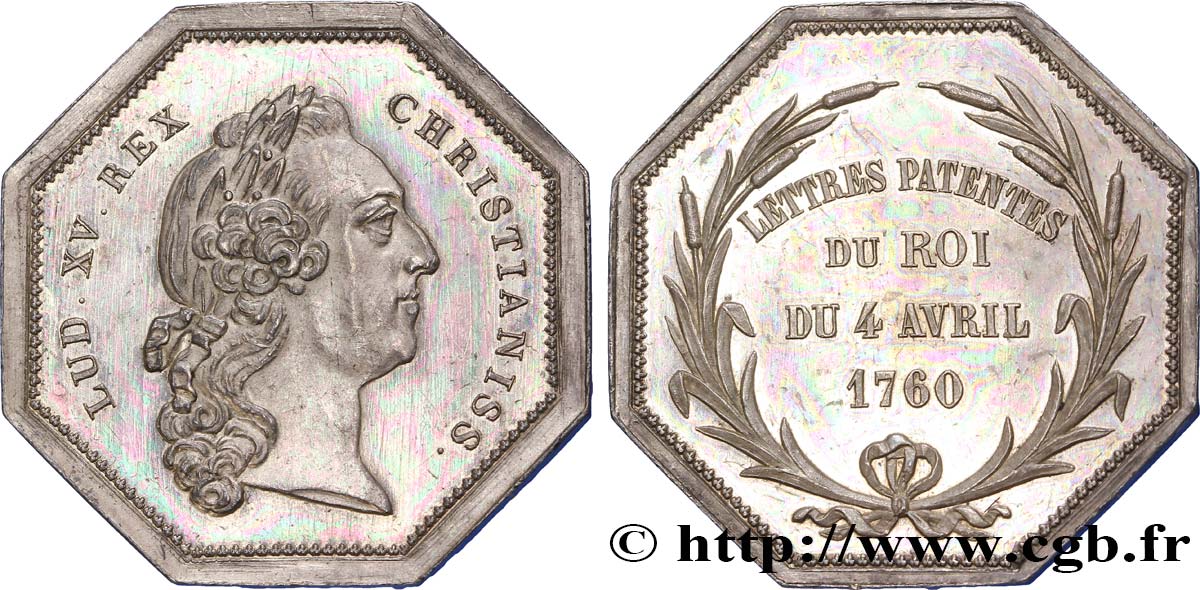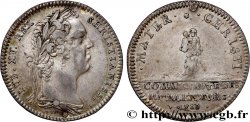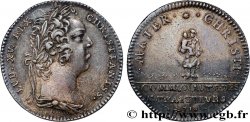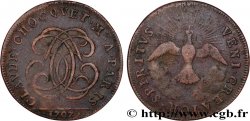E-auction 98-51605 - fjt_267118 - CORPORATIONS Bains publics, refrappe moderne ? 1760
You must signin and be an approved bidder to bid, LOGIN TO BID. Accounts are subject to approval and the approval process takes place within 48 hours. Do not wait until the day a sale closes to register. Clicking on « bid » constitutes acceptance of the terms of use of cgb.fr private e-auctions.
Bids must be placed in whole Euro amounts only. The sale will start closing at the time stated on the item description; any bids received at the site after the closing time will not be executed. Transmission times may vary and bids could be rejected if you wait until the last second. For further information ckeck the E-auctions F.A.Q.
NO BUYER'S FEE.
NO BUYER'S FEE.
| Estimate : | 45 € |
| Price : | 17 € |
| Maximum bid : | 33 € |
| End of the sale : | 02 March 2015 18:43:00 |
| bidders : | 4 bidders |
Type : Bains publics, refrappe moderne ?
Date: 1760
Metal : white metal
Diameter : 32,5 mm
Orientation dies : 12 h.
Edge : lisse
Puncheon : sans poinçon
Rarity : R2
Catalogue references :
Obverse
Obverse legend : LUD. XV. REX CHRISTIANISS..
Obverse description : Tête de Louis XV à droite, inédit et manque au Guéant Prieur, s’inspire du type 628 de Roettiers mais sans signature.
Reverse
Reverse legend : LETTRES PATENTES DU ROI DU 4 AVRIL 1760.
Reverse description : dans une couronne de roseaux ouverte.
Commentary
Nous pensons que ce jeton est une refrappe et n’est pas en argent. Son épaisseur, 3 mm, et sa patine nous le font penser bien qu’aucun poinçon ne soit apparent.
L’attribution aux bains publics repose sur la présence d’une couronne de roseaux et l’existence à la date de la patente d’un dépot d’un sieur Poitevin pour créer des bains de rivière dans des bateaux spécialement aménagés pour se faire. On trouvera tous les détails dans l’Encyclopédie méthodique des arts et métiers mécaniques. Nous avons vu un exemplaire en cuivre au poinçon abeille.
L’attribution aux bains publics repose sur la présence d’une couronne de roseaux et l’existence à la date de la patente d’un dépot d’un sieur Poitevin pour créer des bains de rivière dans des bateaux spécialement aménagés pour se faire. On trouvera tous les détails dans l’Encyclopédie méthodique des arts et métiers mécaniques. Nous avons vu un exemplaire en cuivre au poinçon abeille.








 Report a mistake
Report a mistake Print the page
Print the page Share my selection
Share my selection Ask a question
Ask a question Consign / sell
Consign / sell
 Full data
Full data








